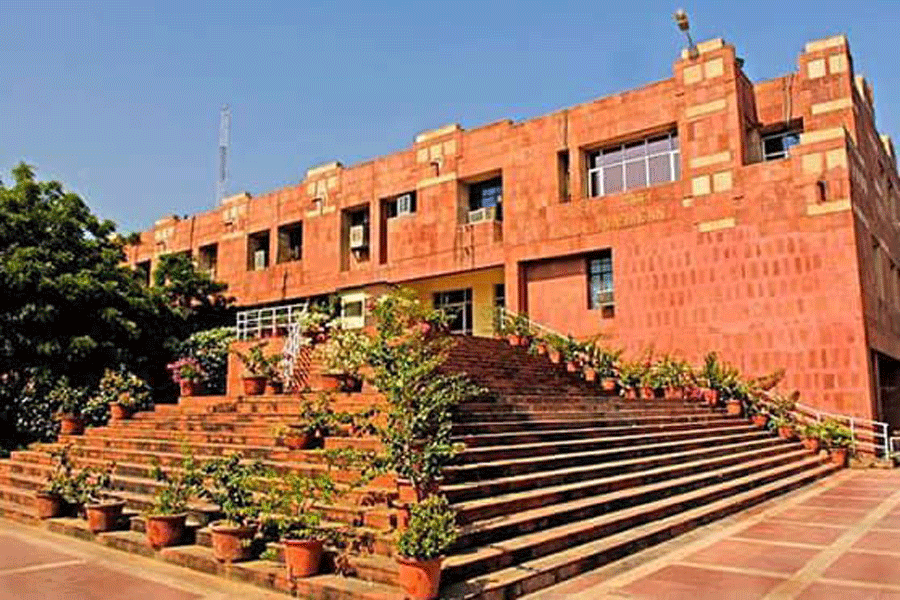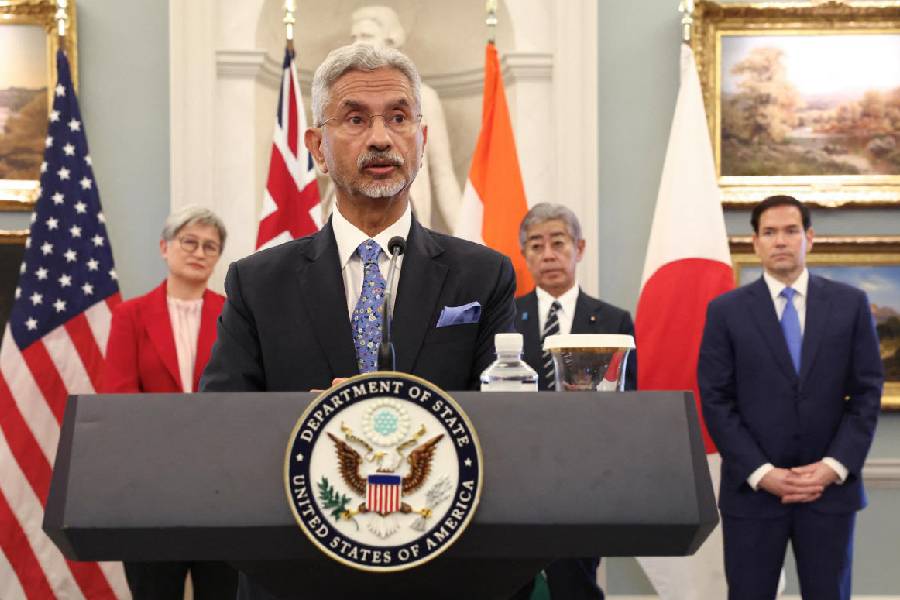Guwahati, March 11: Assam forest authorities are optimistic that they will be able to have a rhino population of 3,000 in the state by 2020.
For Indian Rhino Vision 2020 to meet its goal of 3,000 rhinos, Assam’s rhino population will have to increase by about 80 animals over the next eight years, representing a growth rate of approximately 4 per cent per year.
“I am optimistic that we can achieve this goal. The current rhino census (March 15 at Orang, March 20 at Pobitora and March 26 and 27 at Kaziranga) will indicate this trend,” the principal chief conservator of forests (wildlife), Assam, Suresh Chand, told The Telegraph.
Manas will have 22 rhinos once the four rhinos, which are being moved from Kaziranga today under the rhino vision programme, reach the park.
The rhinos, which were captured from Bagori range of Kaziranga following standard protocols, are expected to reach Manas tomorrow.
Yesterday, two rhinos were transported from the Centre for Wildlife Rehabilitation and Conservation.
They were released today in Manas National Park for rehabilitation.
Top officials from Assam forest department, College of Veterinary Sciences and World Wildlife Fund (WWF) were present.
The Indian Rhino Vision 2020 is a joint programme of the Assam forest department, WWF and International Rhino Foundation.
Chand said the present infrastructure in Manas could take care of the rhinos.
“It is improving with every passing year so as to sustain growing population in the future. We are making conscious efforts in that direction,” he added.
“Four to five per cent growth in current situation in Assam is feasible and can be achieved. Remember the last estimate of rhinos were in 2009, when Kaziranga had 2,048 rhinos, Orang had 64 and Pobitora 84. In the past 3 years, the Kaziranga population has grown along with that of Pabitora and Orang as many mother and calves could be observed during field visits,” Asian rhino co-ordinator of International Rhino Foundation, Bibhab Talukdar, said.
The International Rhino Foundation said the goal was certainly realistic if translocation and ongoing protection efforts continued to be successful.
There were delays earlier but operations have now being streamlined and it has become easy to capture four rhinos in a day, it said
“Manas have now got a good population and by next year we can expect breeding to start,” the coordinator rhino conservation programme in WWF, Amit Sharma, said.
From next year, the Laokhowa-Burhachapori protected area will be getting rhinos.
The rhino population at Laokhowa was wiped out in 1983 when poachers killed 40 rhinos during the Assam Agitation.
Laokhowa and Bura Chapori wildlife sanctuaries together have been identified as a potential rhino habitat under Indian Rhino Vision 2020.










